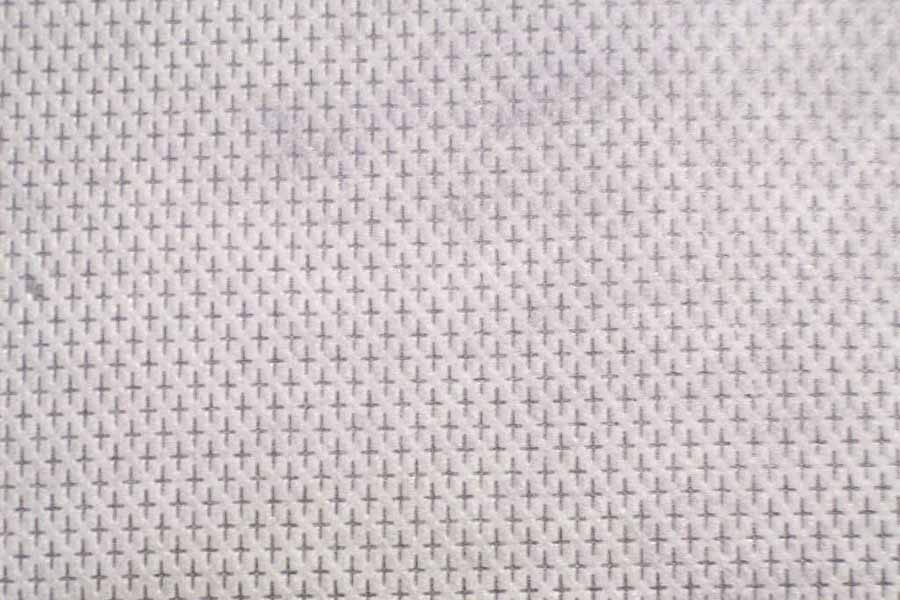Select high-quality raw materials: Selecting high-quality raw materials is the key to improving the tensile strength and tear strength of non-woven fabrics. High-quality fiber materials such as polypropylene (PP), polyester (PET), etc. have good stretchability and tear resistance, which can improve the strength of the fabric.
Optimize process parameters: Optimize the production process, such as appropriately adjusting the fiber stretching ratio, fabric density, embossing process and other parameters to improve the fabric's firmness and tear resistance.
Use a double-layer structure design: Consider using a double-layer or multi-layer structure design, which is made of multiple layers of fiber fabrics superimposed and embossed, which can increase the tensile strength and tear strength of the fabric.
Strengthening post-processing processes: Using some special post-processing processes, such as hot pressing, hot rolling, resin coating, etc., can increase the density and tightness of non-woven fabrics, thus improving their tensile strength and tear strength.
Increase fiber density: Increasing the fiber density of non-woven fabrics can increase its surface coverage and bonding force between fibers, thereby improving tensile strength and tear strength. This can be achieved by increasing the fiber count or using finer fibers.
Application of special technologies: For example, adding reinforcing agents or fiber-reinforced materials, such as glass fiber, carbon fiber, etc., during the production process can improve the strength and wear resistance of non-woven fabrics.

